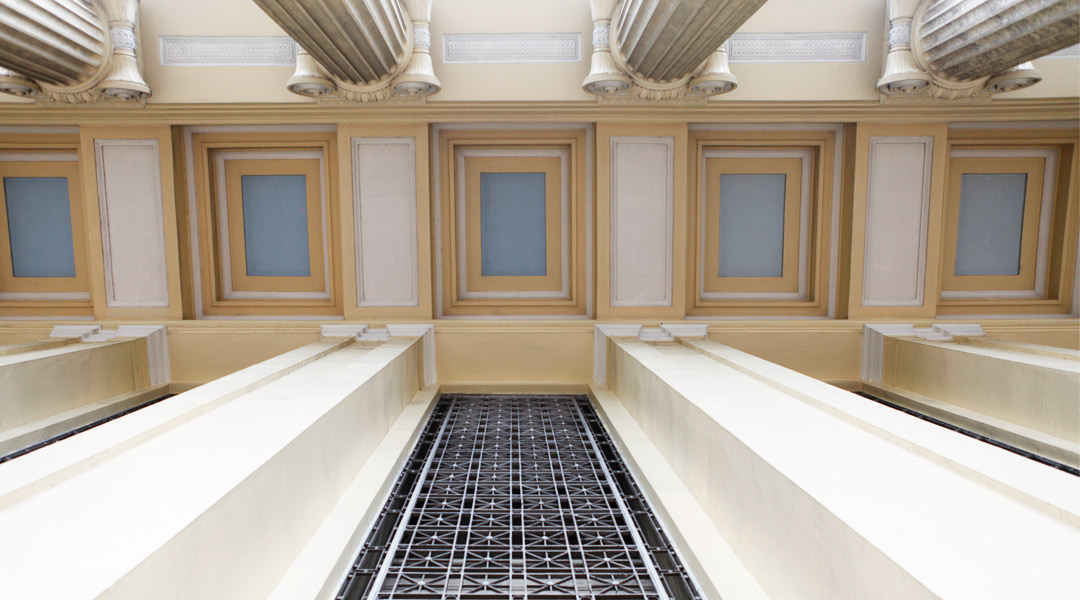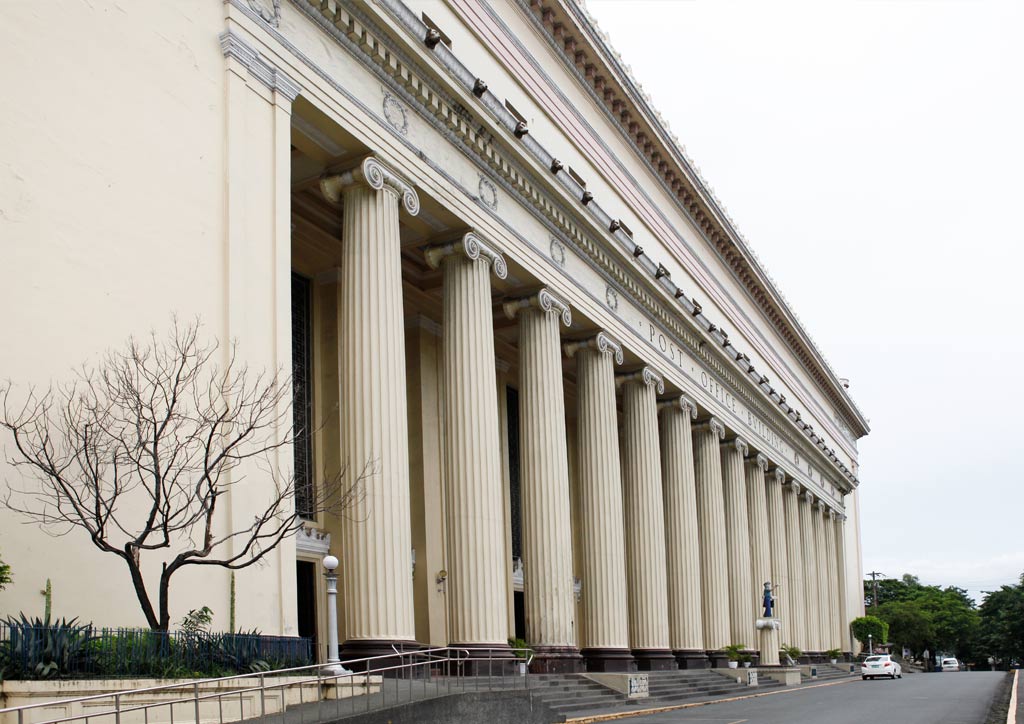
Dominic Galicia notes on the Manila Central Post Office
This is where the material is deemed as valuable as those not perceptible by touch. For instance, like a letter, which is gathered from edge to tip before inserted in a stamped envelope to be sealed right after, or simply a parcel exhausted from the warmth of hands before delivery. The very physicality of these things—their existence and nothing else—is what bears the mark of history, and the same goes for historic buildings.
Dominic Galicia, the principal of Dominic Galicia Architects, believes that the contemporary world cannot motion forward without the corporality of heritage architectural sites, such as the Manila Post Office, which was deliberately positioned by Daniel Burnham at the foot of Jones Bridge for two main reasons. First was that the Pasig River could become a convenient medium for delivering mail, and secondly, for the post office to be accessible from all sides including Quiapo, Binondo, Malate, and Ermita.
Viewed as Juan Arellano’s magnum opus, it was designed in the neoclassical style along with Ralph Doane and Tomás Mapúa. The the center of the Philippine postal services and the headquarters of then-Bureau of Posts was completed in 1926, under the direction of the engineering firm Pedro Siochi and Company. Its colossal, rectangular volume fronts 16 Ionic pillars that are aligned above the steps in front of the entrance. The body is capped by a recessed attic storey, which is also skirted and supported by two semi-circular wings. Inside the main lobby, subsidiary halls at each end rest under the crescent-shaped spaces roofed with domes.

“One of the great gifts of Juan Arellano was his ability to take the magisterial and monumental scale of a building of this size to the intimate human level,” says Galicia. The grandeur of what seems like an immeasurable distance between its floor and ceiling can render anyone speechless upon entry. And for those acquainted with the old mailing system, it is inevitable not to get lost in a cloud of nostalgia once within. “You are taken by the light of the lobby. You are taken by the light of these axes, and you are drawn by its mystery. For a building to do that—it does not happen every day that you can have these kinds of dialogues. It speaks for itself, but it also speaks for others.”
Galicia often states that good architecture is green architecture. Reusing and retrofitting historic buildings, like the Manila Central Post Office, are considered sincere gestures of sustainability, as these proffer energy-efficient lessons of their own. Preserving this edifice—to withdraw it from its silent transformation into decay—is likened to imbuing words with the hand’s natural gravity on paper, or completing boxes with items selected with care. To do otherwise simply gestures one to faded traces of letter forms of stamped and dated envelopes and parcels.
A narrative composed out of what is left becomes proof of our existence, and proof of the world itself. The Manila Central Post Office provides evidence of dialogues, just as how postal markings confirm paper envelopes and parcels were delivered, their presence in the addressee’s possession that these were received. “It strikes you with such vigor that the architectural significance, the cultural significance of this building is so strong that the future must assure us that this building survives,” Galicia remarks. Historic buildings not only contribute to the study of historical vicissitudes and social development; these also reveal the achievements of various arts and technologies in their times, which hold both archival value and practical significance.
Like mail, if its preservation is pursued through collective effort, and its existing dialogues sustained for future generations to come, it will, eventually, reach the envisioned destination. ![]()
READ MORE: WATCH: Arts Serrano on the construction of meanings
Watch the second episode of Notes on a Building, where Dominic Galicia provides notations on the Manila Central Post Office:
Photographed by Ed Simon


